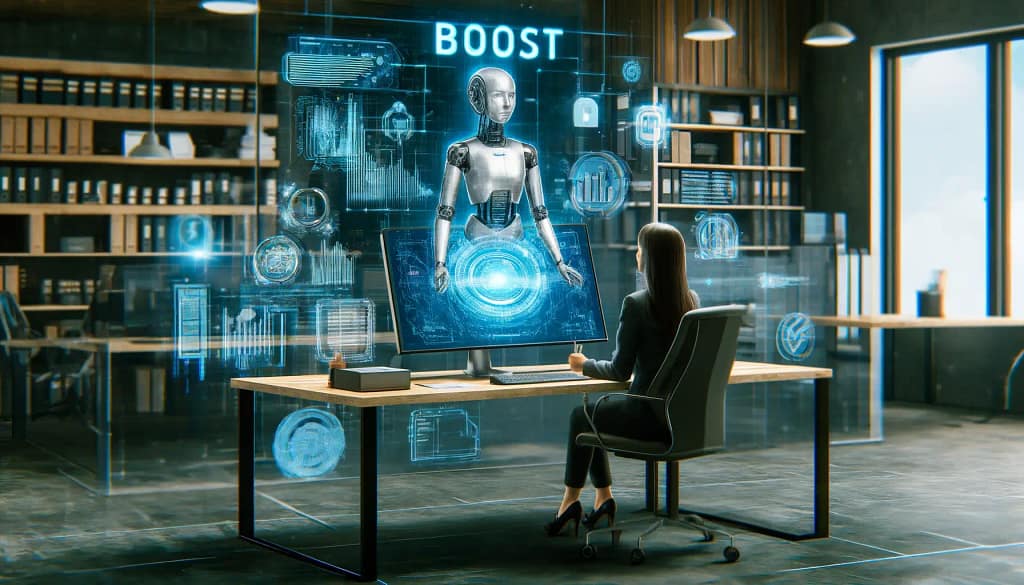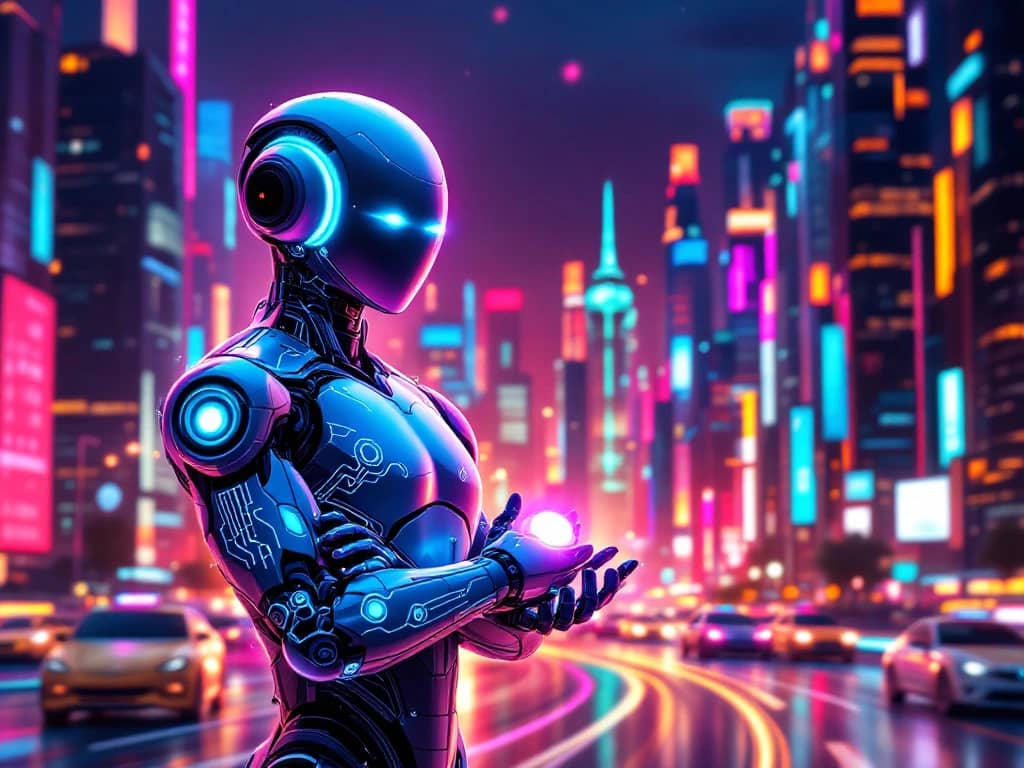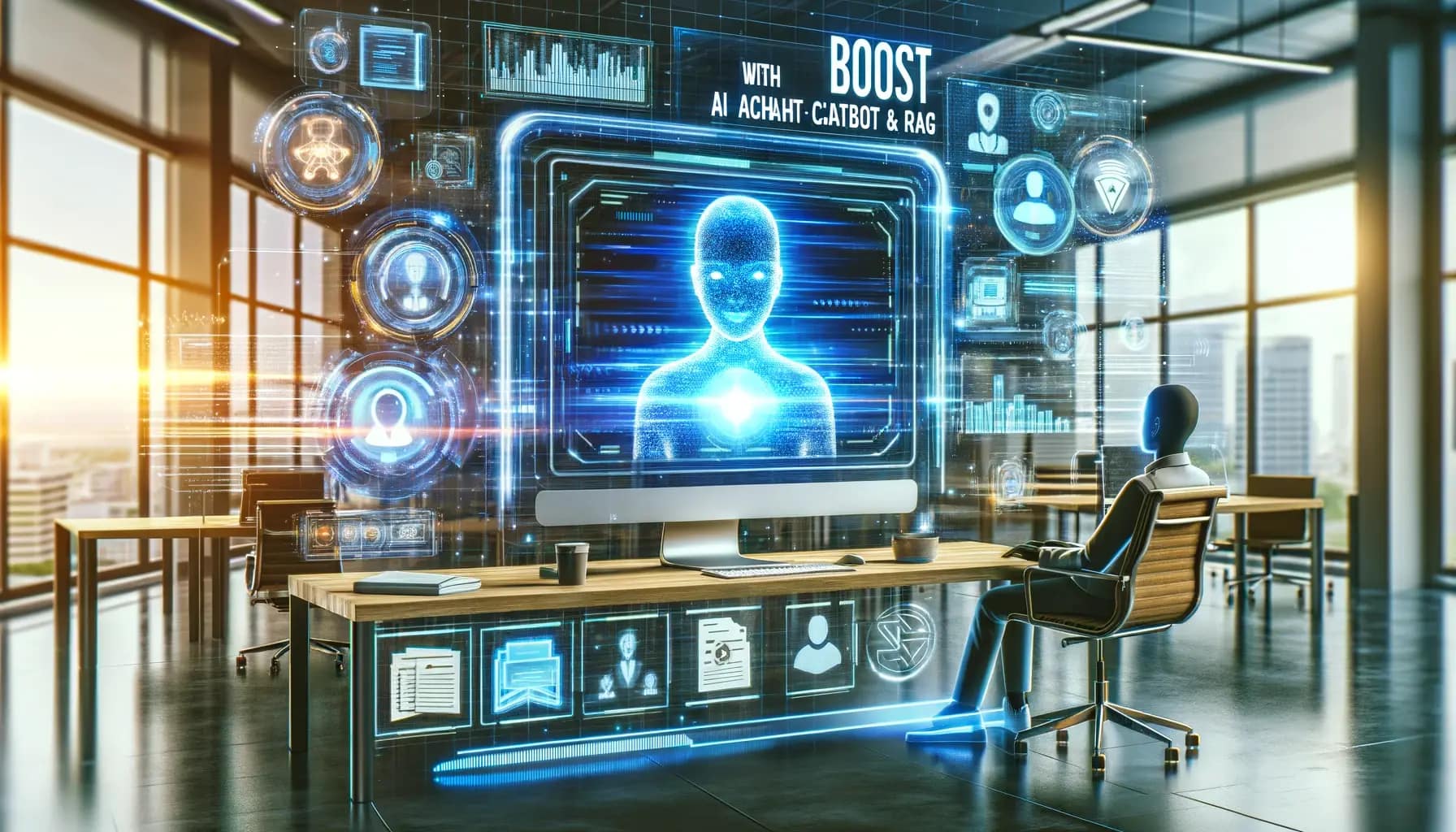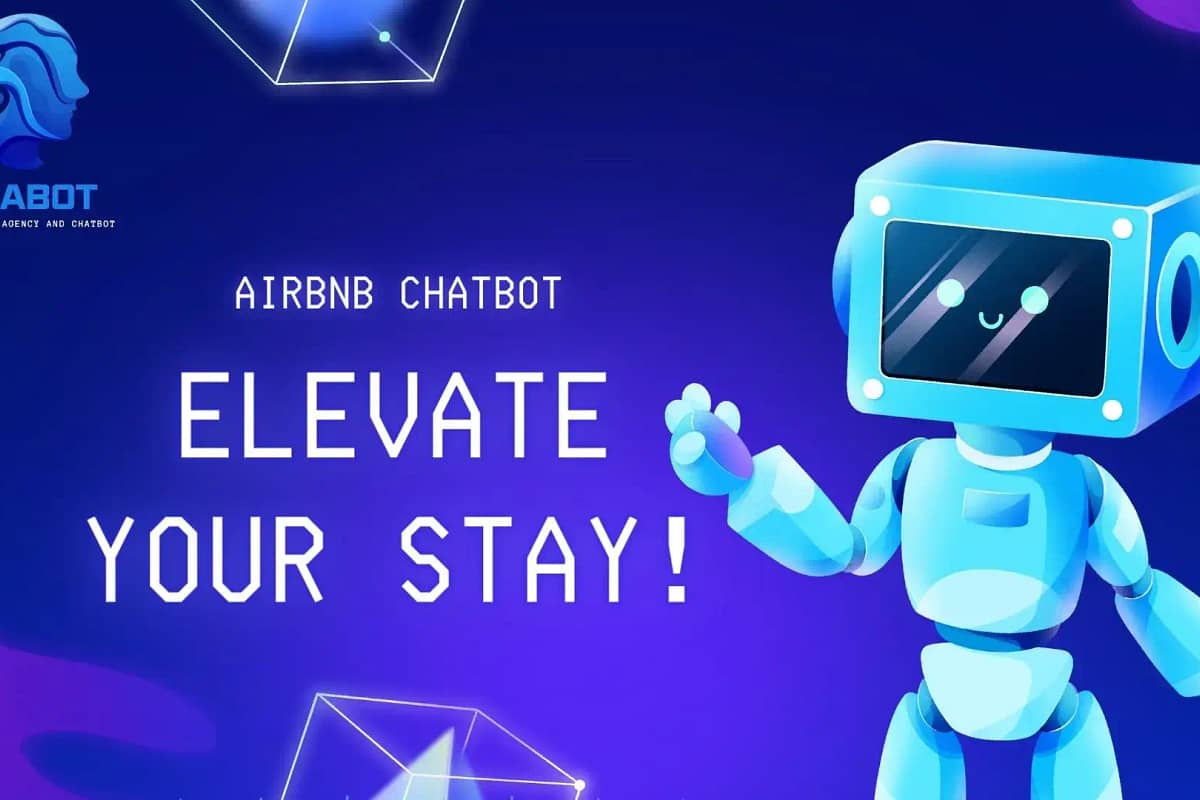Ever wondered how conversational chatbots, transactional chatbots, and virtual agents can transform your customer engagement? These digital assistants, including conversational chatbots and transactional chatbots, are revolutionizing customer service, making the chat experience quicker and more efficient with virtual agents. Leveraging advanced machine learning and natural language processing, they provide instant responses, improving user experience and boosting satisfaction with transactional chatbots and AI chatbot technology from OpenAI. Dive into the world of AI chatbots, using natural language processing and conversation techniques, to discover their benefits and how they can elevate your business operations with OpenAI and Google.
Key Takeaways
- Embrace AI Chatbots: Understand the basics of AI chatbots, including natural language processing, and how they can streamline conversation and improve customer service with OpenAI and Google technologies.
- Leverage Benefits: Utilize the advantages of AI chatbots, such as 24/7 availability, cost efficiency, and enhanced user experience, to boost your business operations and service apps conversation with OpenAI.
- Maximize Features: Explore and implement advanced AI chatbot features like natural language processing and sentiment analysis to offer more personalized interactions in transactional chatbots, conversation apps, and openai platforms.
- Integrate Smart Solutions: Incorporate retrieval-augmented generation techniques to enhance the transactional chatbot’s ability to provide accurate and contextually relevant responses in any applicable use case conversation.
- Address Challenges: Stay proactive in identifying and solving common challenges, such as handling ambiguous questions and ensuring data privacy in the applicable use case.
- Stay Updated: Keep up with the latest developments in AI chatbot technology from OpenAI and Google to continually improve and adapt your chatbot strategy for better conversation content.

Understanding AI Chatbots
Basics of AI Chat
AI Chat is a versatile chatbot. It generates text for various purposes, including storytelling, messaging, and coding, enhancing chat experience and conversation content in a chat window. The chatbot can also function as a virtual tutor across many subjects, using conversation and prompt techniques by OpenAI and Google.
Genius Mode and Online Mode are advanced features. They enhance AI Chat’s capabilities significantly.
Chat Modes Explained
Standard chat is different from Genius Mode. Genius Mode offers superior accuracy and a vast knowledge base, enhancing the chat experience with an AI chatbot from OpenAI.
Online Mode allows the openai bot in the app to access real-time information from the web. Genius Mode is exclusive to DeepAI PRO Members, while Online Mode is available to all users with a DeepAI account for content.
Genius and Online Mode
Genius Mode provides enhanced knowledge. It reduces errors and improves reasoning skills.
Using Online Mode helps explore new topics. It allows learning up-to-date information easily.
Genius Mode requires a subscription. In contrast, Online Mode is free for signed-in users and includes a prompt model from OpenAI.
Engaging with AI
Interacting with the OpenAI bot involves asking questions and receiving personalized responses for your use case. Users can provide corrections to improve accuracy.
The chatbot remembers past interactions for better personalization. Safety measures include refusing inappropriate requests.
Advantages of AI Chatbots
Enhancing User Experience
Genius Mode plays a crucial role. It provides more accurate and fluent conversations. This mode ensures users receive precise answers.
Online Mode is another feature. It expands the user’s knowledge by accessing current web information, which the bot can output. Users get up-to-date answers instead of outdated ones from the bot.
User feedback is essential. It helps refine AI Chat’s responses and capabilities. Developers use this feedback to improve chatbot performance.
Strengths in Conversation
AI Chat recalls previous conversations. This ability ensures continuity and personalization. Users feel like they are talking to a bot who remembers them.
Chatbots learn from user corrections. They improve future interactions based on past mistakes. This learning process makes the chatbot smarter over time.
Ethical guidelines are programmed into AI Chat. These rules prevent it from engaging in harmful discussions. The chatbot avoids inappropriate or dangerous topics.
Addressing Weaknesses
Inaccuracies can occur in AI Chat’s responses. These errors stem from limitations in training data. Users might receive incorrect information sometimes.
Strategies exist to mitigate risks of harmful suggestions. Regular updates and monitoring help reduce these risks. Developers work tirelessly to ensure safety.
Efforts are ongoing to update AI Chat’s knowledge base beyond its 2021 cutoff date using OpenAI’s model. Continuous improvement keeps the openai model relevant and useful for users.

Exploring AI Chatbot Features
Writing and Tutoring
AI chatbots assist with creative writing tasks. They generate code snippets for programmers. These bots use machine learning models to understand context. They offer guidance across diverse subjects. As virtual tutors, they explain complex topics simply.
AI chatbots adapt to different learning styles. Visual learners can get diagrams or videos. Auditory learners receive spoken explanations. This adaptability makes them effective educational tools.
Creative Chat Ideas
Writers use AI chatbots for brainstorming story ideas. The bots help in developing characters and plots. Engaging the OpenAI bot in hypothetical scenarios is an entertaining and educational use case. Users enjoy role-playing games or historical re-enactments.
Exploring unconventional topics is another benefit. Use AI chatbots like OpenAI’s GPT model to learn about niche fields of study. They provide unique insights that traditional resources may lack.
Personalized Learning
AI chatbots tailor educational content to individual needs. They adjust information based on the user’s interests and knowledge level using an OpenAI model bot for output. This customization enhances the learning experience.
Students benefit from using AI chatbots as supplementary tools. Interactive learning helps retain information better than passive methods. It fosters curiosity and encourages deeper exploration of subjects.
Integrating Retrieval-Augmented Generation
Smarter Conversations
Genius Mode improves conversational quality. It uses retrieval-augmented generation (RAG) technology. AI Chat adapts responses based on user history and feedback using the openai model for bot output. This leads to more relevant conversations.
Smart algorithms enhance user engagement. They ensure the chatbot learns from past interactions. Users feel understood and valued, increasing satisfaction.
Accuracy in Responses
Genius Mode ensures higher accuracy in responses. It combines multiple retrievals with augmented generation. This method makes answers reliable and precise.
Online Mode provides up-to-date information. It keeps conversations relevant by accessing current data. Users can correct inaccuracies, contributing to continuous improvement.
User Interaction Boost
Engaging features like Genius Mode and Online Mode increase interaction with the bot model and openai output. They make conversations dynamic and interesting for users.
Encouraging exploration of various topics enhances user experience. Personalized responses from the OpenAI GPT model sustain interest over time, making users return frequently to the bot.
Navigating Challenges and Solutions
Overcoming Limitations
AI chatbots constantly face limitations. Developers work to expand the knowledge base, reduce incorrect information, and improve the model for various use cases in GPT bots. Integrating real-time web search capabilities helps stay current with new data for the bot use case model using GPT.
Creating sophisticated algorithms is crucial. These algorithms help a bot understand and respond to complex queries better, making it a valuable use case for the GPT model. Continuous adjustments are made to improve accuracy and relevance.
Continuous Improvement
AI chatbots need continuous updates. User feedback and technological advancements drive these changes. Machine learning plays a key role in evolving conversational abilities for bot use cases using models like GPT.
Frequent refinements ensure chatbots remain effective. Expanding functionalities like Genius Mode and Online Mode enhances user experience for the gpt model bot. These features provide more personalized interactions.
User Feedback Importance
User feedback is vital for improvement. It identifies areas needing refinement in AI Chat’s performance. Mechanisms for collecting feedback include surveys and direct input options within the chatbot interface model for this use case.
Incorporating user insights leads to significant improvements. Past examples show enhanced response accuracy based on suggestions. User-driven changes ensure the GPT model meets evolving needs effectively.

Closing Thoughts
AI chatbots are revolutionizing how you interact with technology. They offer incredible benefits, from improving customer service to streamlining business operations, as a use case for the GPT model. By understanding their features and integrating advanced techniques like retrieval-augmented generation, you’re well-equipped to harness the full potential of the model for your use case with GPT.
However, challenges exist. Navigating these obstacles with innovative solutions ensures your chatbot’s success in the use case of a gpt model. Ready to dive deeper? Explore more about AI chatbots, their use case, and the gpt model to stay ahead in the tech game. Your journey into the future of communication starts now.
Frequently Asked Questions
What is an AI chatbot?
An AI chatbot is a software application that uses an artificial intelligence model like GPT to simulate human conversation. It can use GPT to understand and respond to text or voice inputs in natural language.
How do AI chatbots benefit businesses?
AI chatbots use improve customer service, reduce operational costs, and provide 24/7 support. They also help in handling repetitive tasks, allowing human agents to use GPT to focus on complex issues.
What features should I look for in an AI chatbot?
Look for natural language processing (NLP), machine learning capabilities, multi-channel support, and integration with existing systems that use GPT. These features ensure efficient and effective communication.
What is Retrieval-Augmented Generation in AI chatbots?
Retrieval-Augmented Generation (RAG) combines information retrieval with text generation using GPT. It allows the chatbot to provide more accurate and contextually relevant responses by accessing a vast knowledge base.
How can I integrate an AI chatbot into my business?
Integrate an AI chatbot by identifying your key use cases, selecting the right platform, training the bot with relevant data, and continuously monitoring its performance for improvements.
What challenges might I face with AI chatbots?
Challenges include handling complex queries, ensuring data privacy, managing user expectations, and maintaining conversational accuracy. Regular updates and proper training can mitigate these issues.
How do I ensure my AI chatbot maintains high accuracy?
Regularly update the training data, utilize feedback loops from user interactions, and employ advanced NLP techniques. Continuous learning helps maintain high accuracy in responses.






